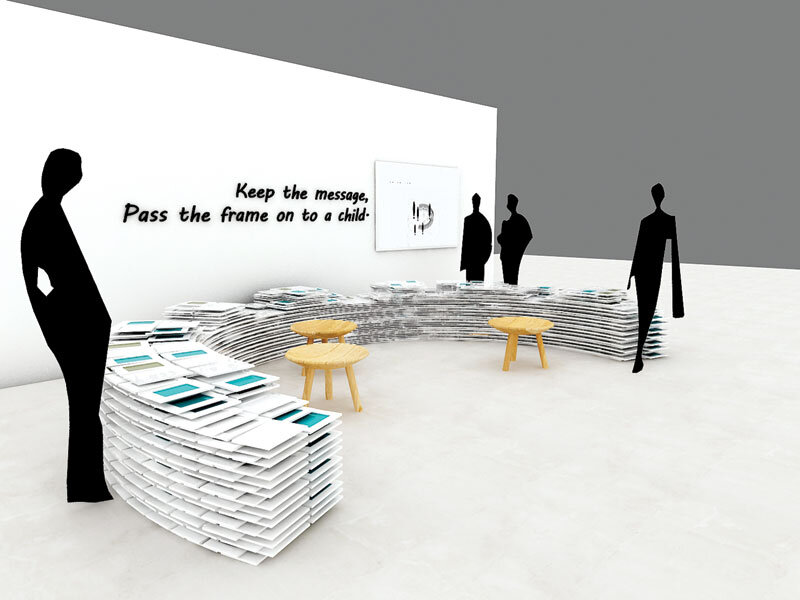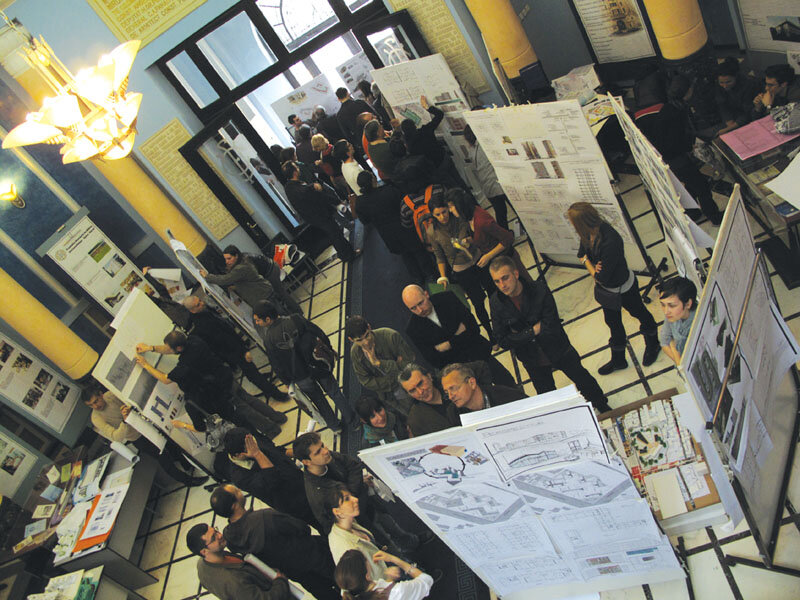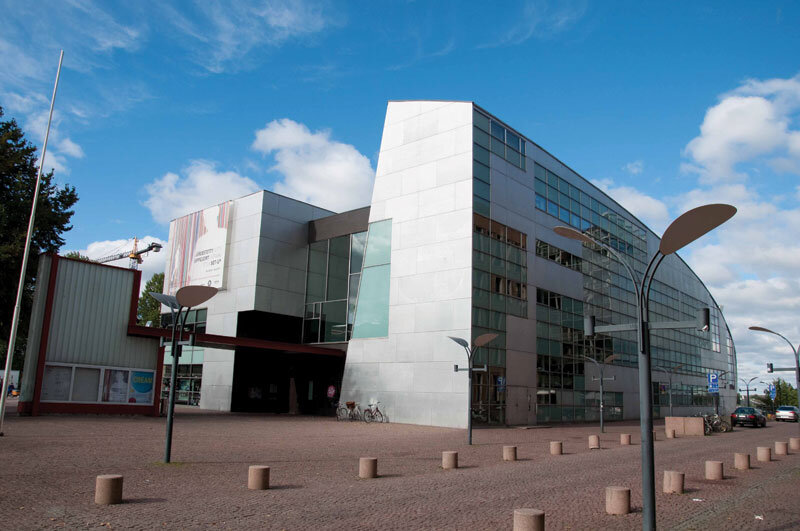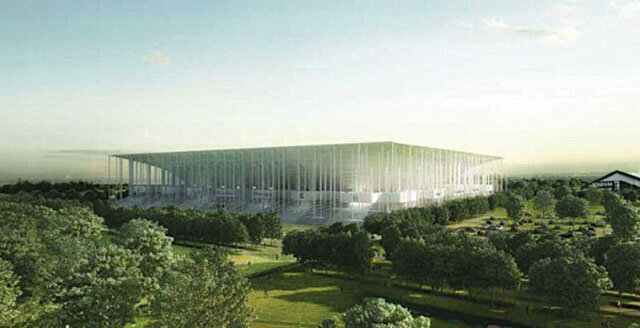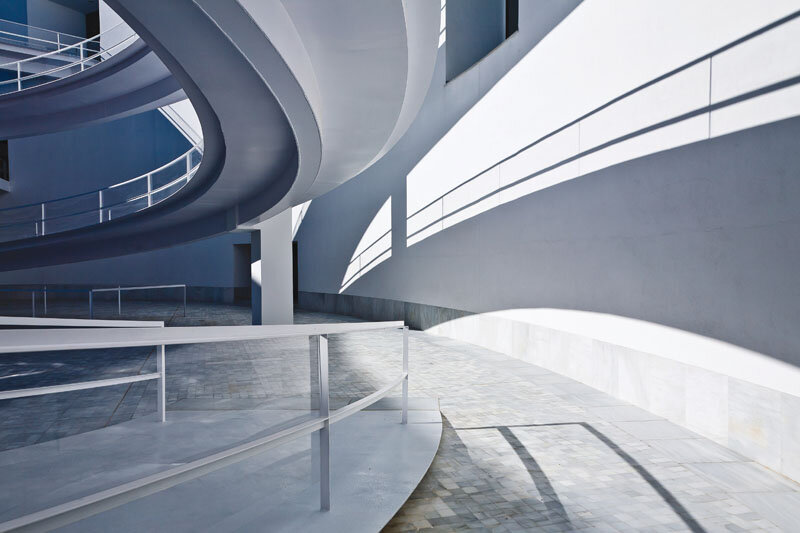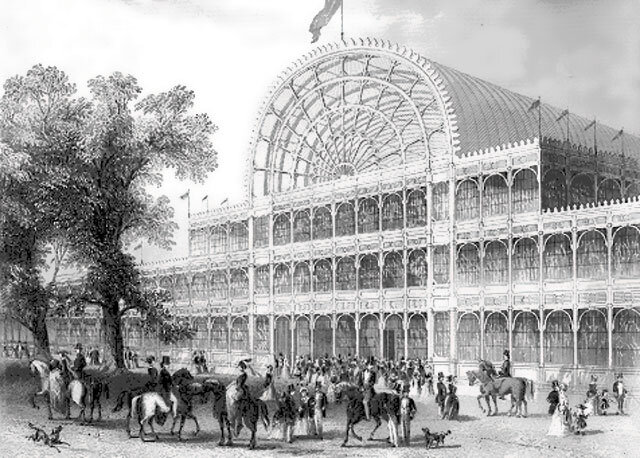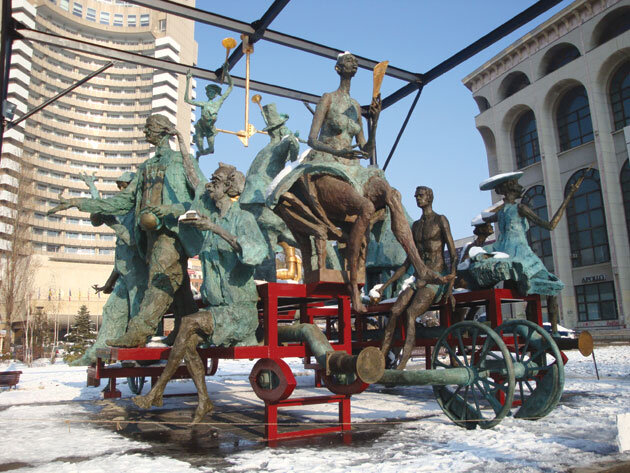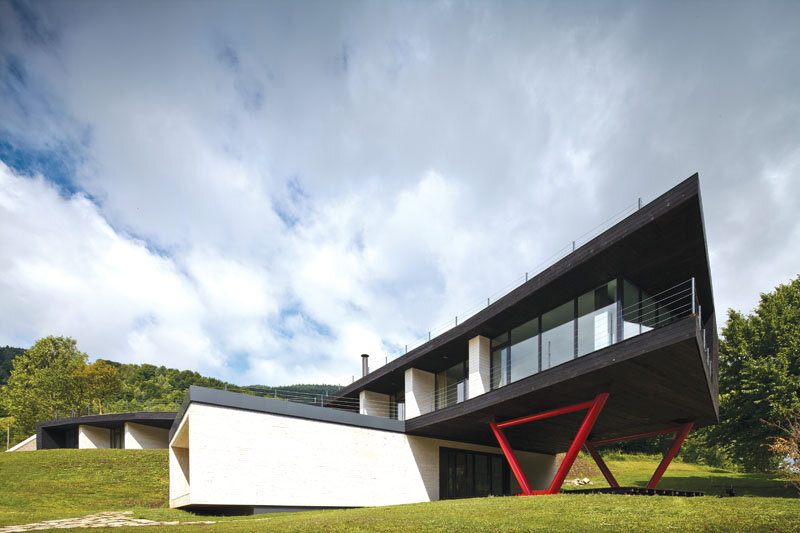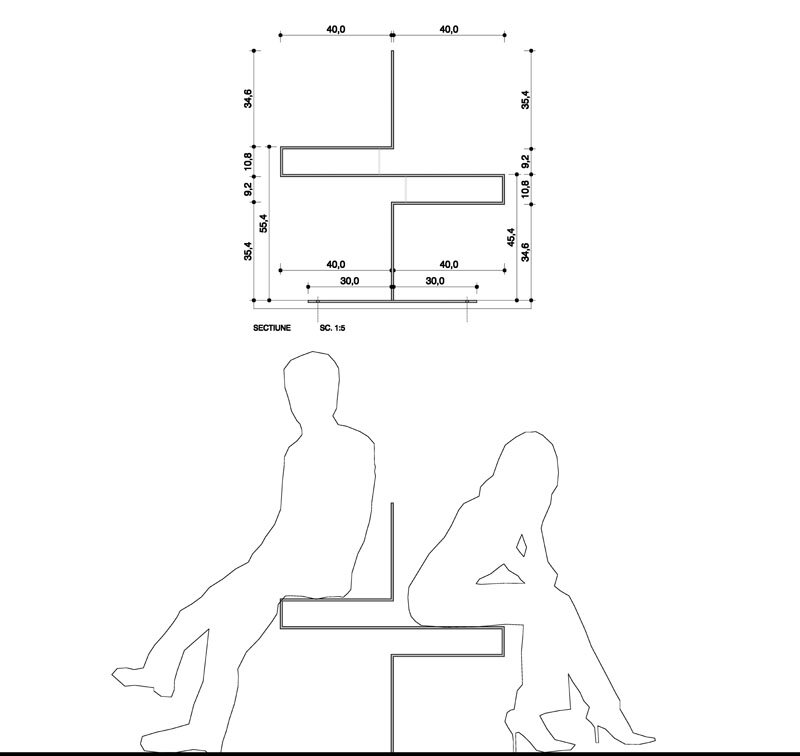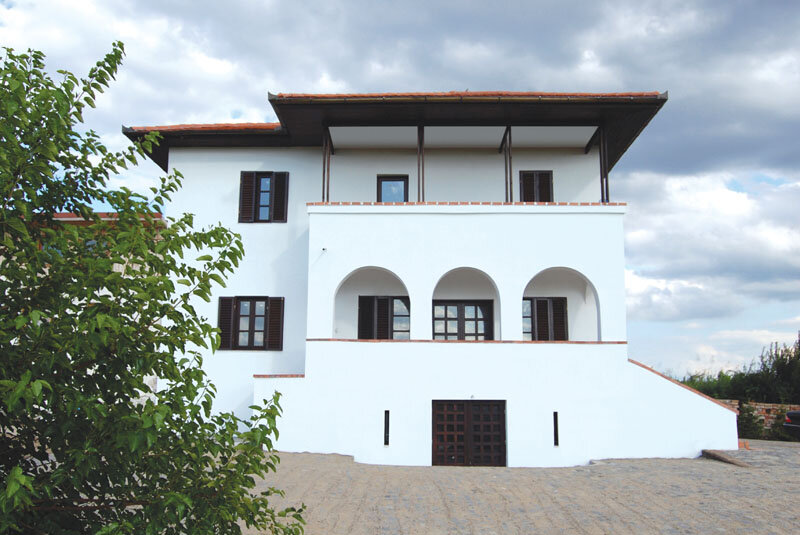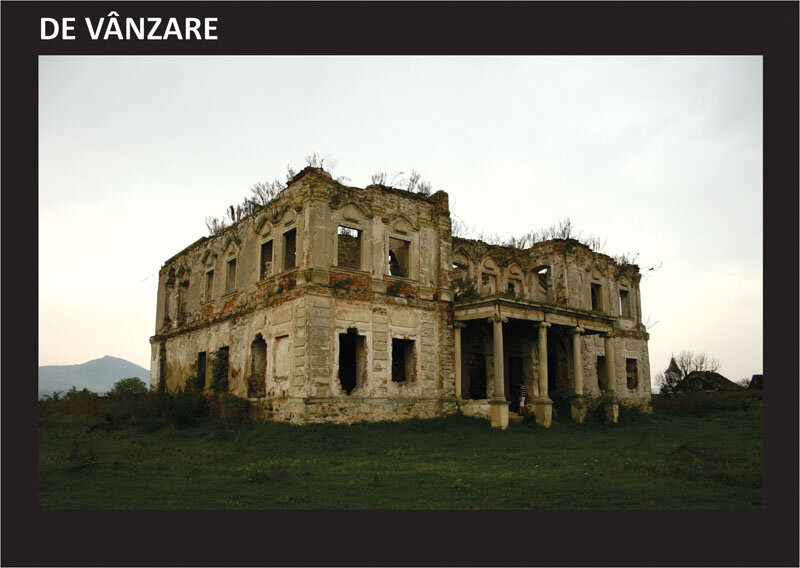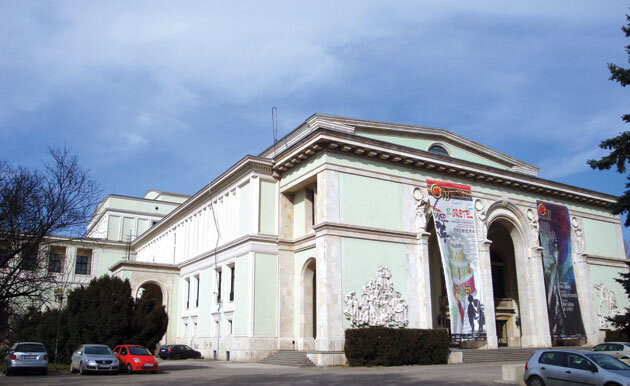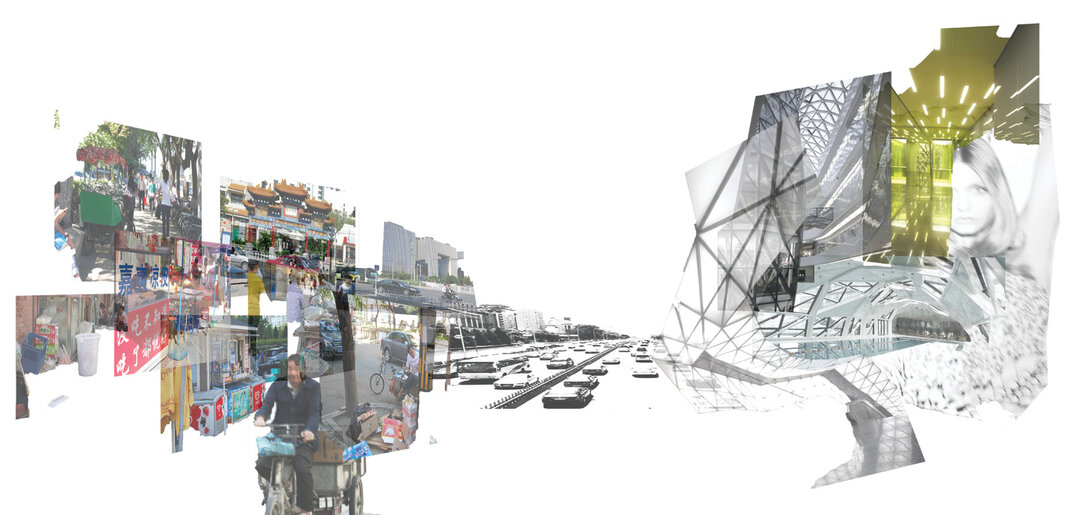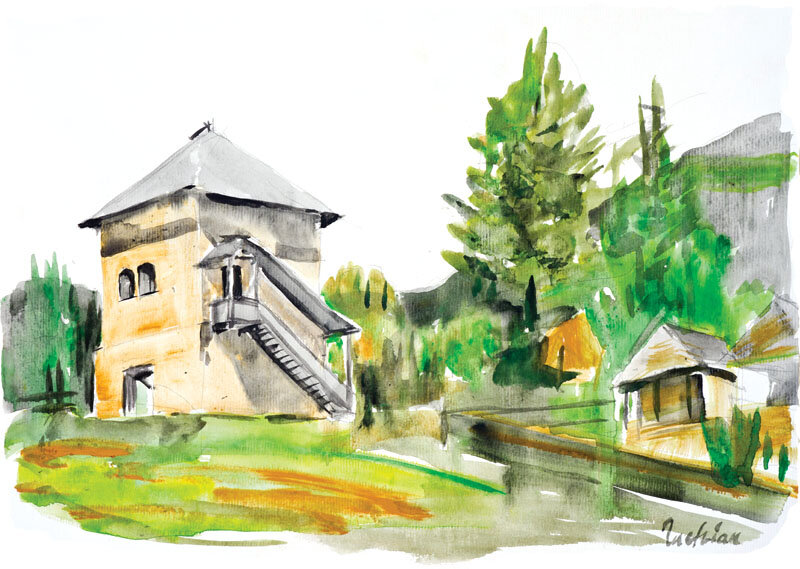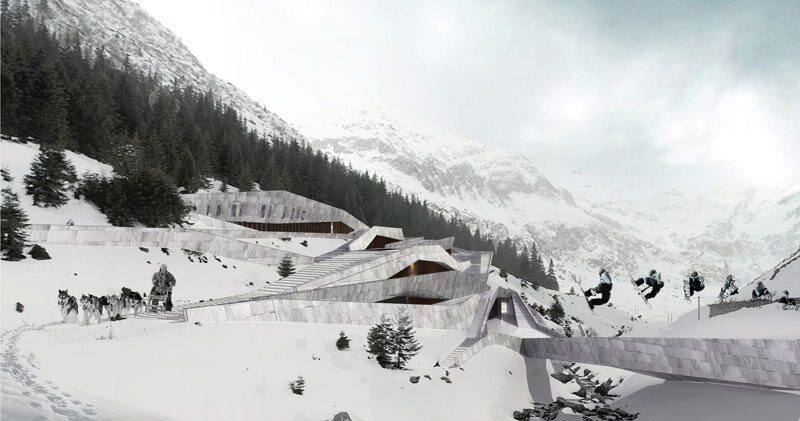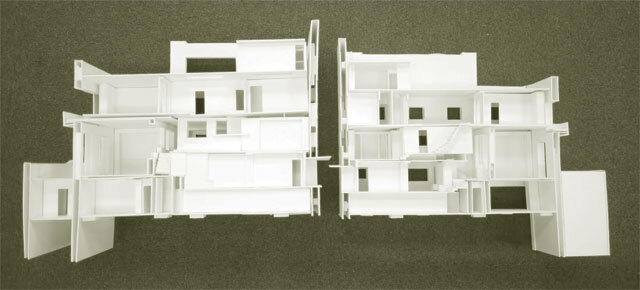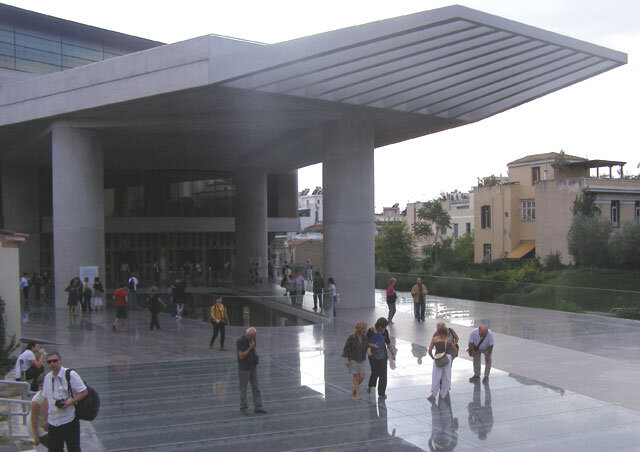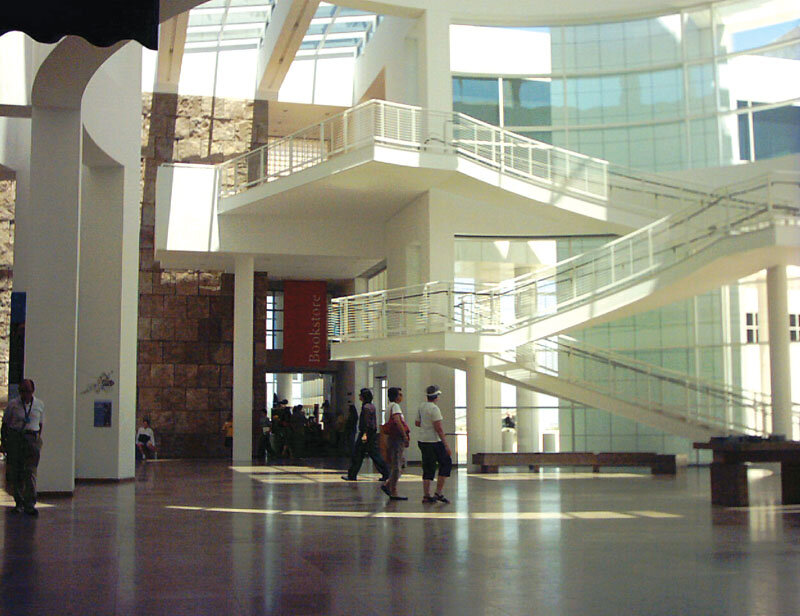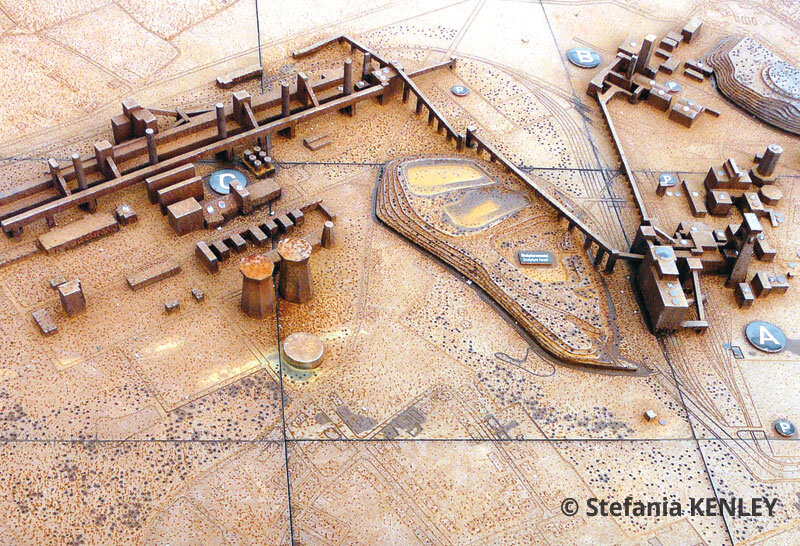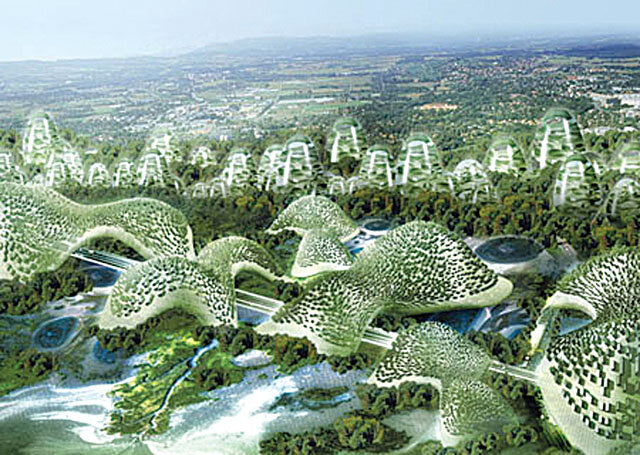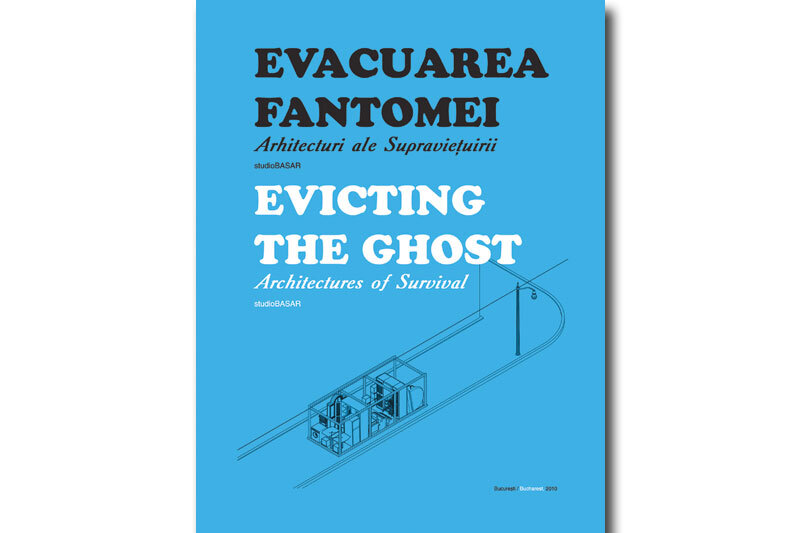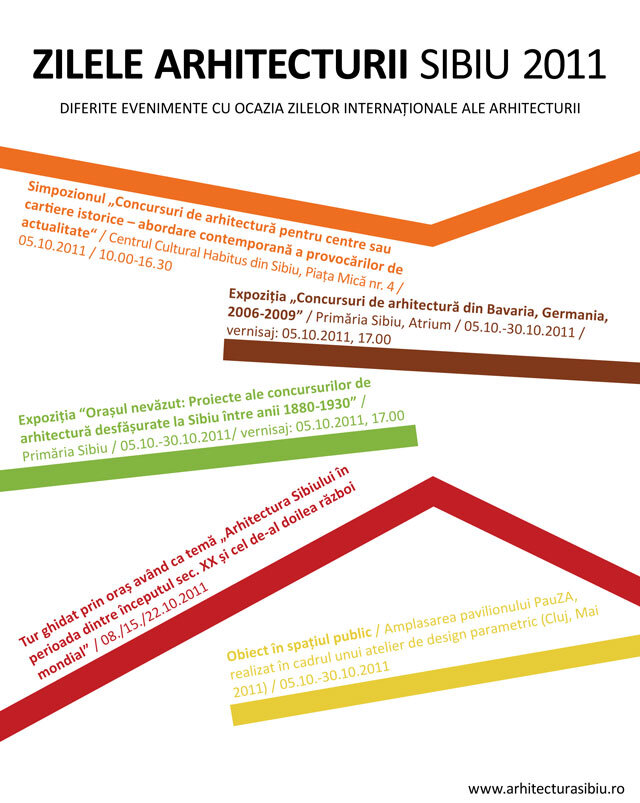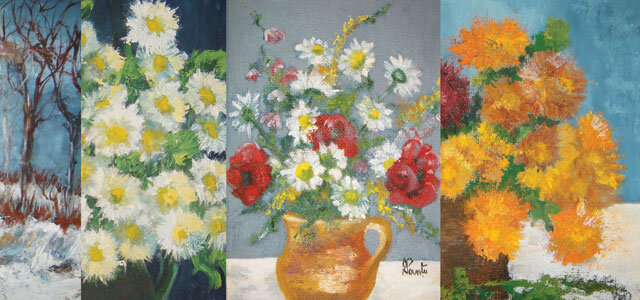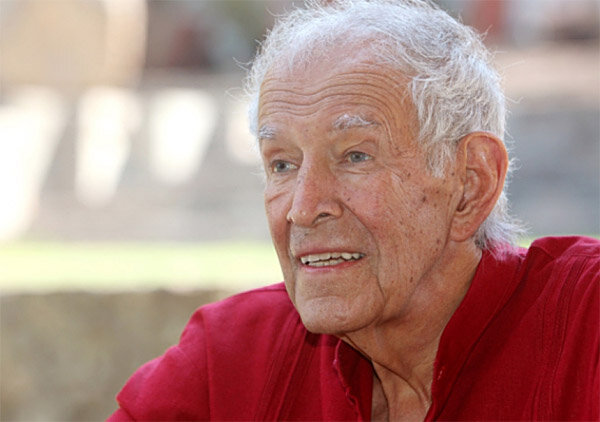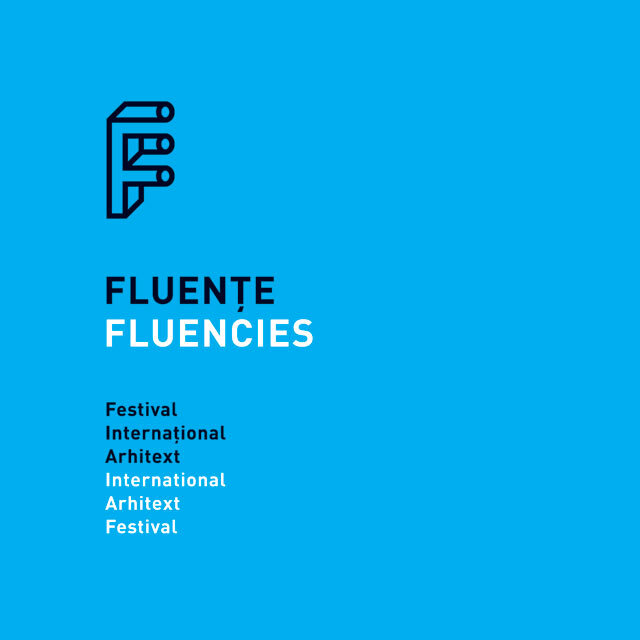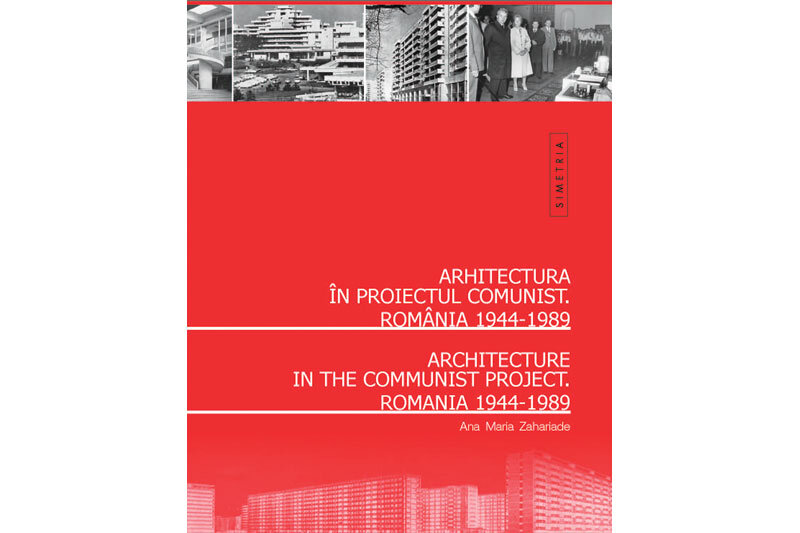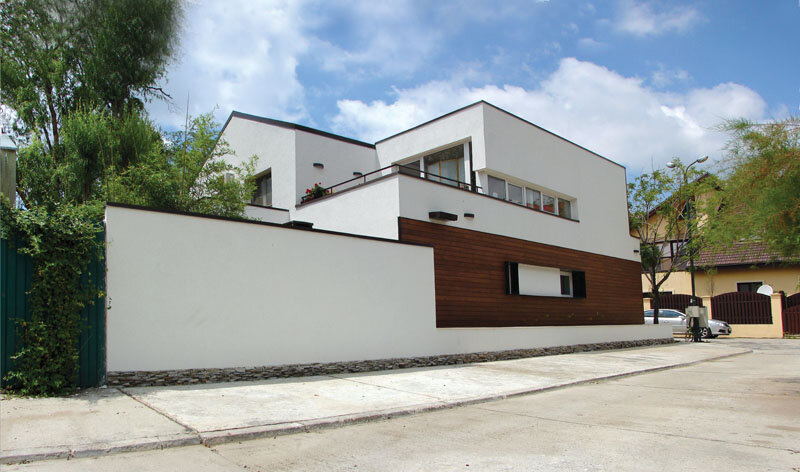
Romanian architecture in the communist project. Romania 1944-1989
This volume contains five studies and essays, written between 2002 and 2007, revised and added to, which Ana Maria Zahariade has entitled "sketches for a history to be written": Two books, the communist dream and Dacia 1300; On silence and words; Reading silence: the "happy architect"; Architecture that did not exist: "occult architecture" and The communist project in concrete - a history of the profession.
"The Sketches" attempts to decipher the sense in which architectural practice evolved under communism, seeking to identify the inflection points that shaped the built environment throughout this period and to capture the existence and variable geometry of that space of professional freedom that escaped political dictate. The volume thus offers a reflection on recent history and the way in which the communist project has intervened on the profession and the conscience of the guild.
Architecture in the communist project is a topical subject "because we live it, the architecture of the communist period is part of our daily existence and poses us a variety of problems, both professional and human", writes Ana Maria Zahariade. The author talks about "the 'cool as an exception' and the 'nightmare built in stone', about the condition of the architect and the need to recognize his usefulness to society, about the nationalization of architectural practice, about design institutes, about housing and its placing under the sign of maximum economic efficiency. The author frankly states that the texts are partly cumbersome, but only out of a desire "to convey at least part of the atmosphere of those times, I have used in the text many formulations characteristic of communist phraseology, with their absurdity, clumsiness and inexhaustible redundancies". The studies and essays in this volume are based on laborious but "far from finished research, and on an emotion that is still alive".
Ana Maria Zahariade teaches architectural theory at the University of Architecture and Urbanism "Ion Mincu" in Bucharest, is heavily involved in theoretical research on Romanian and Central European modernism, Romanian architecture under communism and after, the housing and rehabilitation of large ensembles, and the aesthetic register in architectural theory. Among others, author of numerous articles in architectural journals and collective volumes in Romania and abroad; co-authored and coordinated volumes.
His latest title: Simptome de tranziție (bilingual, two volumes, Arhitext Design, 2009, 2010), has received two national awards for publications and curatorial activity (UAR, 1998; Margareta Sterian, 1999) and the Herder Prize (2003, Alfred Toepfer Foundation and University of Vienna) for theoretical activity and cultural activism.
Romanian Architecture in the Communist Project. România 1944-1989 / Architecture in the Communist Project. Romania 1944-1989 was published with the support of the Romanian Order of Architects, from Timbrul Arhitecturii.





